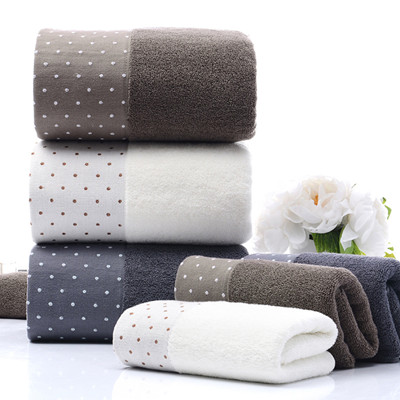The humble bath towel has a rich history that spans cultures and centuries. Let’s explore the fascinating evolution of bath towels from their ancient origins to the modern luxurious options we enjoy today.
Ancient Beginnings: The concept of drying oneself after bathing dates back to ancient civilizations. In ancient Rome, people used cloth to wipe themselves, and the Japanese have a long tradition of using thin cotton towels called “tenugui.”
Medieval Europe: Towels were a symbol of wealth in medieval Europe. They were often made from linen and used by the elite for various purposes, including drying hands and faces.
Industrial Revolution: The 19th century marked a shift in towel production. With the rise of cotton mills, towels became more accessible to the general population. Terry cloth, known for its absorbency, gained popularity during this time.
Color and Design: In the early 20th century, colored towels began to emerge, departing from the traditional white. Towels also started featuring patterns and designs, adding an aesthetic element to their functionality.
Technological Advances: The latter half of the 20th century saw advancements in towel manufacturing, resulting in better absorbency and softness. Microfiber towels, a modern innovation, brought a new level of drying efficiency.
Luxury and Customization: Towels transformed into a symbol of luxury and comfort. High-end hotels and spas offered plush, oversized towels to enhance the guest experience. Personalization options further elevated the luxury quotient.
Sustainability: As environmental concerns grew, sustainable materials and practices entered the towel industry. Organic and eco-friendly options catered to consumers seeking greener choices.
From their ancient origins to their modern iterations, bath towels have evolved to reflect cultural shifts, technological advancements, and changing preferences. Today, we enjoy a wide range of choices that combine functionality, comfort, and style.







